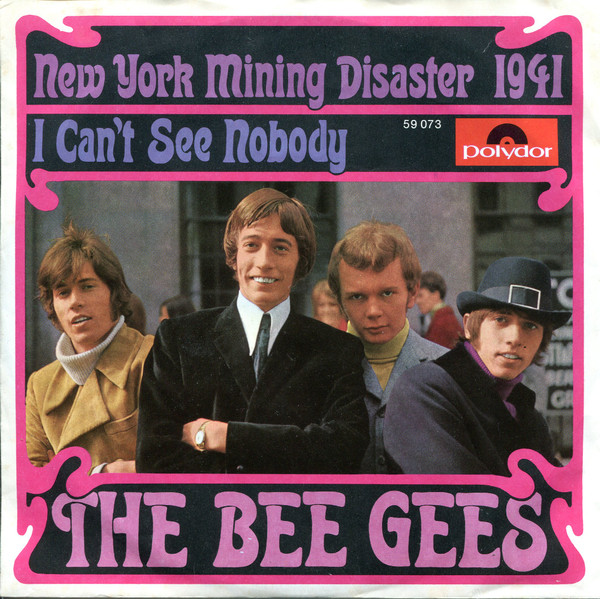
Rediscover the Melancholy Beauty of “I Can’t See Nobody” by Bee Gees (1967)
In the rich tapestry of 1960s music, few groups commanded emotional depth and melodic sophistication quite like the Bee Gees. While the trio would later become synonymous with the shimmering pulse of disco in the late ’70s, their earlier work stands as a testament to their deeply rooted artistry in pop balladry and soul-tinged harmonies. One such gem from this formative period is “I Can’t See Nobody”, a hauntingly beautiful composition released in 1967. Nestled within their landmark album Bee Gees’ 1st, this track stands out not only for its expressive arrangement but also for the introspective lyricism that has resonated with listeners for decades.
In many ways, “I Can’t See Nobody” represents the Bee Gees at their most sincere and understated. Composed by brothers Barry and Robin Gibb, the song opens with a delicate string arrangement that immediately sets a contemplative mood. Robin Gibb’s plaintive vocal delivery is particularly arresting here—the quiver in his voice echoing with a sense of yearning that feels both personal and universal. There is no grandstanding, no flamboyant instrumentation. Instead, the song offers a quiet moment of reflection, like a page torn from a diary, rendered into melody.
The emotional core of the song lies in its theme of longing and isolation. From the opening lines, the lyrics speak of a soul who finds it nearly impossible to connect with anything or anyone except the object of their affection. It’s a sentiment that many of us, at different times in our lives, can understand with painful clarity. This kind of emotive songwriting was a hallmark of the Bee Gees’ early material—a far cry from their later works dominated by high-energy grooves and falsetto-driven anthems.
Musically, “I Can’t See Nobody” showcases the Bee Gees’ growing confidence in orchestral pop composition. The lush yet restrained string arrangement complements the somber mood, while the minimalist percussion and gentle guitar work allow Robin’s voice to remain the focal point. This song was notably the B-side to their hit single “New York Mining Disaster 1941,” yet many fans and critics have argued that it could have easily stood on its own as an A-side single, given its poignant atmosphere and enduring appeal.
Over the years, “I Can’t See Nobody” has quietly garnered the respect it deserves. It represents a moment in the career of the Bee Gees where their storytelling and emotive power stood front and center, long before the razzle-dazzle of Saturday Night Fever-era hits. Today, looking back, this song feels like a whispered confession—subtle, stirring, and sincerely unforgettable.